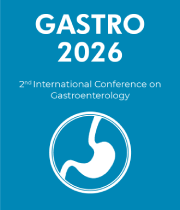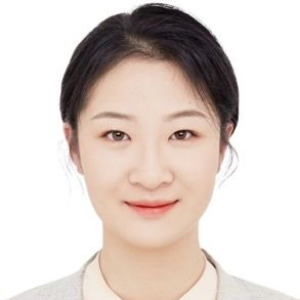Title : C-C motif chemokine receptor 2 inhibition reduces liver fibrosis by restoring the immune cell landscape
Abstract:
The accumulation of extracellular matrix (ECM) proteins in the liver lead to liver fibrosis and endstage liver cirrhosis. C-C motif chemokine receptor 2 (CCR2) is an attractive target for treating steatohepatitis. However, limited investigations have been conducted to explore the mechanism of CCR2 inhibition in reducing ECM accumulation and liver fibrosis, which is the focus of this study. Liver injury and liver fibrosis were induced by carbon tetrachloride (CCl4) in wild-type mice and Ccr2 knockout (Ccr2-/-) mice.
CCR2 was upregulated in murine and human fibrotic livers. Pharmacological CCR2 inhibition with cenicriviroc (CVC) reduced ECM accumulation and liver fibrosis in prevention and treatment administration. In single-cell RNA sequencing (scRNA-seq), CVC was demonstrated to alleviate liver fibrosis by restoring the macrophage and neutrophil landscape. CVC administration and CCR2 deletion can also inhibit the hepatic accumulation of inflammatory FSCN1+ macrophages and HERC6+ neutrophils. The pathway analysis
indicated that the STAT1, NFκΒ, and ERK signaling pathways might be involved in the antifibrotic effects of CVC. Consistently, Ccr2 knockout decreased phosphorylated STAT1, NFκB, and ERK in the liver. In vitro,CVC could transcriptionally suppress crucial profibrotic genes (Xaf1, Slfn4, Slfn8, Ifi213, and Il1b) in macrophages by inactivating STAT1/NFkB/ERK signaling pathways. In conclusion, this study depicts a novel mechanism by which CVC alleviates ECM accumulation in liver fibrosis by restoring the immune cell
landscape. CVC can inhibit profibrotic gene transcription via inactivating the CCR2-STAT1/NFkB/ERK signaling pathways.
Audience Take Away:
- Response: We verified that CCR2 is an effective target in alleviating liver fibrosis. CCR2 deletion significantly inhibited hepatic FSCN1+ macrophage and HERC6+ neutrophil infiltration, and we also observed ECM deposition were reduced in the liver lobular septa. These results suggest FSCN1+ macrophages and HERC6+ neutrophils may crosstalk with other pro-fibrotic cells like HSCs in other signaling pathways that really bear looking into.fibrotic liver in this novel direction.CCR2 and CVC join in the immune regulation of liver fibrosis, and we could try to alleviate could restore the hepatic immune landscape of macrophages and neutrophils. Thus, both of mechanism of CVC alleviating liver fibrosis in an immune perspective, which shows that CVC fibrosis progression at the cellular and molecular levels. Meanwhile, we explored the
- Response: CCR2, as a typical steatohepatitis target, we explored its crucial role in liver
- Response: A novel mechanism describes CVC in attenuating ECM accumulation and liver fibrosis at the single-cell level. A novel molecular mechanism reveals that CVC reduces profibrotic gene transcription by inactivating the STAT1/NFκB/ERK signaling pathways.
- Response: We designed two modes of administration including prevention and treatment, and compared their efficacy. They both alleviated liver fibrosis without other organ injury, which suggests that whether prophylactic use of CCR2 inhibitor in patients with chronic liver diseases could moderate liver fibrosis progression or even initiation.




